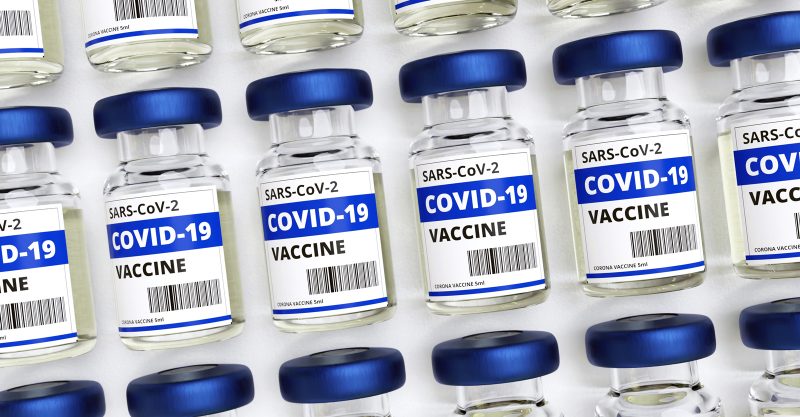Miss a day, miss a lot. Subscribe to The Defender's Top News of the Day. It's free.
Editor’s note: Here’s an excerpt from an article in The BMJ. To read the piece in its entirety, click here.
Five weeks ago, when I raised questions about the results of Pfizer’s and Moderna’s COVID-19 vaccine trials, all that was in the public domain were the study protocols and a few press releases. Today, two journal publications and around 400 pages of summary data are available in the form of multiple reports presented by and to the FDA prior to the agency’s emergency authorization of each company’s mRNA vaccine. While some of the additional details are reassuring, some are not. Here I outline new concerns about the trustworthiness and meaningfulness of the reported efficacy results.
“Suspected COVID-19”
All attention has focused on the dramatic efficacy results: Pfizer reported 170 PCR confirmed COVID-19 cases, split 8 to 162 between vaccine and placebo groups. But these numbers were dwarfed by a category of disease called “suspected COVID-19” — those with symptomatic COVID-19 that were not PCR confirmed. According to FDA’s report on Pfizer’s vaccine, there were “3410 total cases of suspected, but unconfirmed COVID-19 in the overall study population, 1594 occurred in the vaccine group vs. 1816 in the placebo group.”
With 20 times more suspected than confirmed cases, this category of disease cannot be ignored simply because there was no positive PCR test result. Indeed this makes it all the more urgent to understand. A rough estimate of vaccine efficacy against developing COVID-19 symptoms, with or without a positive PCR test result, would be a relative risk reduction of 19% (see footnote) — far below the 50% effectiveness threshold for authorization set by regulators. Even after removing cases occurring within 7 days of vaccination (409 on Pfizer’s vaccine vs. 287 on placebo), which should include the majority of symptoms due to short-term vaccine reactogenicity, vaccine efficacy remains low: 29% (see footnote).
Read the entire The BMJ article here.




